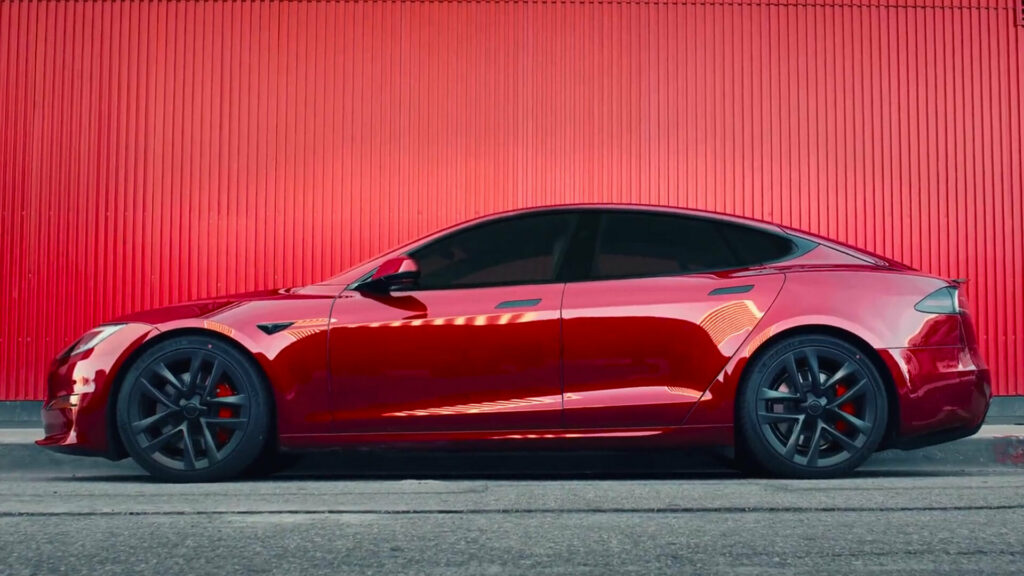Tesla Workers Are Hitting Highway Speeds Before They Even Leave The Parking Lot
- Tesla workers accused of racing through the Gigafactory parking lot.
- Employees reportedly hit 80 km/h where the limit is just 30 km/h.
- If the speeding doesn’t stop, speed bumps may need to be installed.
It seems not every Tesla employee in Germany keeps their speed thrills on the autobahn. Reports from the company’s Gigafactory near Berlin suggest that some workers have been pushing their luck in the car park, with local officials now stepping in to curb the growing problem.
The employees are facing scrutiny from the local works council after repeated instances of staff driving at speeds of up to 80 km/h (50 mph) through the site’s parking lot. Conditions have apparently become so unruly that speed bumps are now being considered to rein things in.
Too Fast, Even for Tesla
According to Handelsblatt, staff were recently summoned to a meeting bluntly titled ‘Racetrack South Parking Lot,’ following claims that a few overzealous drivers have turned the area into an unofficial circuit.
Now it’s unclear if the workers are driving so quickly because they can’t wait to head home after a long shift, or because they’re that keen to clock in each morning. Given the long days Tesla is known for, it’s probably safe to assume the first.
Read: Tesla Sales Collapse In Two Of Europe’s Biggest Markets As Chinese Rival Pulls Ahead
To restore order, the works council recently installed digital speedometer signs reminding staff of the 30 km/h (18 mph) limit. Early signs suggest those reminders might not be enough, and further measures could be on the horizon.

Speaking with the German newspaper, the works council revealed that it is meeting with its design team about potentially making the driving lanes through the parking lot narrower and adding new zebra crossings. If these measures also fail to slow down drivers, then speed bumps may need to be installed.
“If we don’t get this under control, then at some point we’ll have to talk about speed bumps,” said the representative for works council. “And I don’t think any of us wants to do that.”
They also reminded the workforce that there’s a perfectly good outlet for their need for speed. “The highway is ten meters away, you can really blast through it in a fast car, that’s fun too. But please…wait this short distance before you step on the gas. Thank you!”
A Pattern of Odd Headlines
This isn’t the first unusual story to come out of Tesla’s German facility. In mid-2024, reports surfaced that around 65,000 coffee mugs ordered for the plant had mysteriously vanished. At the time, roughly 12,000 employees worked there, suggesting that, statistically speaking, each person had made off with about five Ikea mugs.












